The Washington Brewery operated from 1890 to 1919 at the corner of 4th & E streets in NE Washington, DC. It was ultimately killed off by Prohibition. However, during its lifespan, it sounded like a delightful place, not unlike the present day breweries and wineries that many of us like to visit.
This guide is a piece of advertising for the steamships that used to tour up and down the Potomac River (passing Alexandria and its surrounds). In this case, the tours took you to places where products from the Washington Brewery were sold. Apparently, there was also a biergarten on-site at the brewery itself. Who wouldn't want to visit a place offering: "picnics with dances (known as "Swampoodle Walks") which could lead both fights and frolics."
Plus, it's hard to imagine beer sold any more colorfully:
"Three hundred and sixteen physicians, whose names appear in the medical directory of New York, testify to the good that comes to mankind from the use of light, stimulating food in the form of beer and wine, handled in moderation, and their unchallenged opinion testifies that men not only becomes strengthened and fortified for a commercial or scientific calling, but is physically and intellectually fitted for every walk in life."
Wikipedia offers more history of the brewery:
"On August 12, 1889, the brewery was sold to the New York Brewery Company for $400,000. The brewery was sold to the Washington Brewery Company and according to Albert Carry, all the purchasers were American. He retained two-thirds of the stocks and would carry on the business for the company and that two new buildings would be erected: one for brewing and another one for storage. This allowed an increase of production 50,000 barrels to 100,000 barrels.
By September 3, 1889, it was reported that the New York company was a front for an English Investment. Albert Carry defended himself by running an advertisement in The Evening Star starting September 12, 1889: "To my friends, patrons and the public in general: Notwithstanding the reports industriously circulated by some of my competitors, I have not sold my brewery to an English syndicate. The sale was made to a New York company in which I remain largely interested. I am ready at any moment to produce legal documentary evidence in support of this statement."
By November 1889, Albert Carry was ready to move on as he was purchasing land in southeast Washington, DC to build his next project: National Capital Brewing Company. The property title was finally passed on to the British investors in 1892 for $400,000. The large enclosed garden was renamed The Alhambra in 1898 in reference to the Alhambra in Spain was located next to the bar and offered tasty seafood to be consumed with the light and dark beers of the brewery. Concerts were also given to patrons.
In 1904, the English Corporation was restructured while keeping the same name. This led to a lawsuit in December 1906, of eight stock-holders, who argued that the restructure was not completed with their consent. They requested to become creditors of the new corporation.
On April 23, 1909, the company launched a competition to name a new non-alcoholic drink for a prize of $100 in gold. The contest was announced on April 23 in an advertisement in the Evening Star by Harry Williams, General Manager of the brewery. The requirements were that the name must be short, catchy, appropriate and easily remembered. The closure of the submissions was set to May 3. On October 19, 1909, an advertisement in the Washington Times revealed the new name: Noalco. This product was a response to the Temperance movement calling for non-alcoholic beverages. The drink was dispensed at soda fountains and was said to "quench your thirst and relieve your fatigue". It was also available in a case of 12 large bottles for delivery for $2 and in grocery and drug stores, individual bottles cost 5 cents and 10 cents. It was made of brewed malt and hops, yet was non-alcoholic. From November 8 to November 20, 1909, the National Food Show and Industrial Exposition opened in Convention Hall off of K Street NW. There samples are given out to visitors and very well received according to articles in the press of the time.
Like many others, the Washington Brewery Company died with the Volstead Act of 1919 which established Prohibition in the United States. The lot was purchased on May 10, 1924 by Charles E. Myers through the Munsey Trust Company. Rumors were that Mr. Myers was going to set up an Apiary. The brewery was demolished in September 1924 to be replaced by a public school. Today, the Stuart-Hobson Middle School, located at 410 E Street NE, stands on the grounds previously occupied by the Washington Brewery Company."
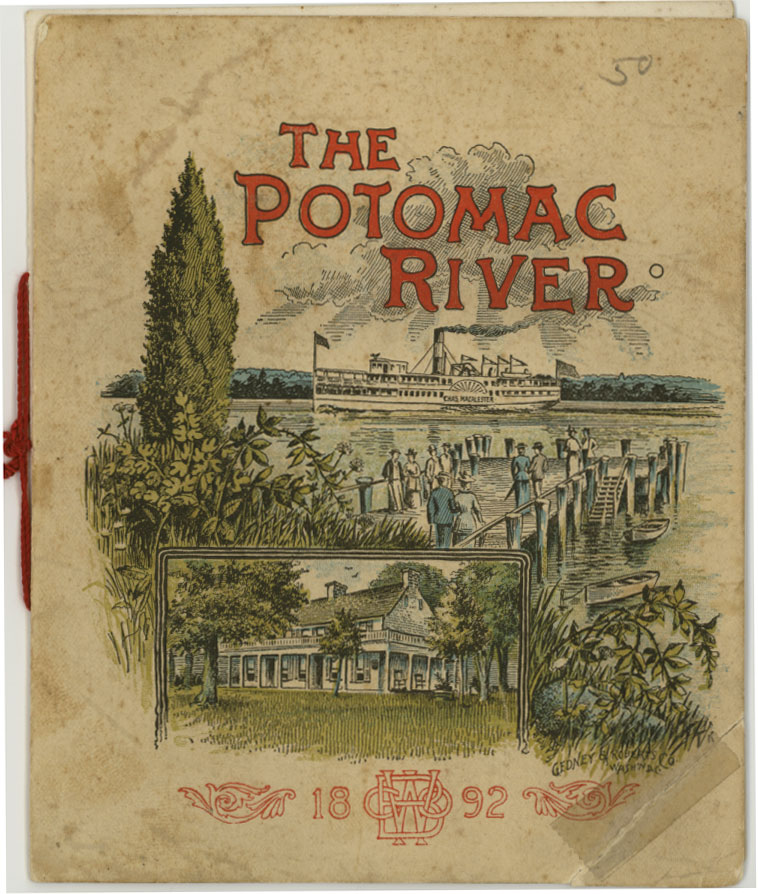
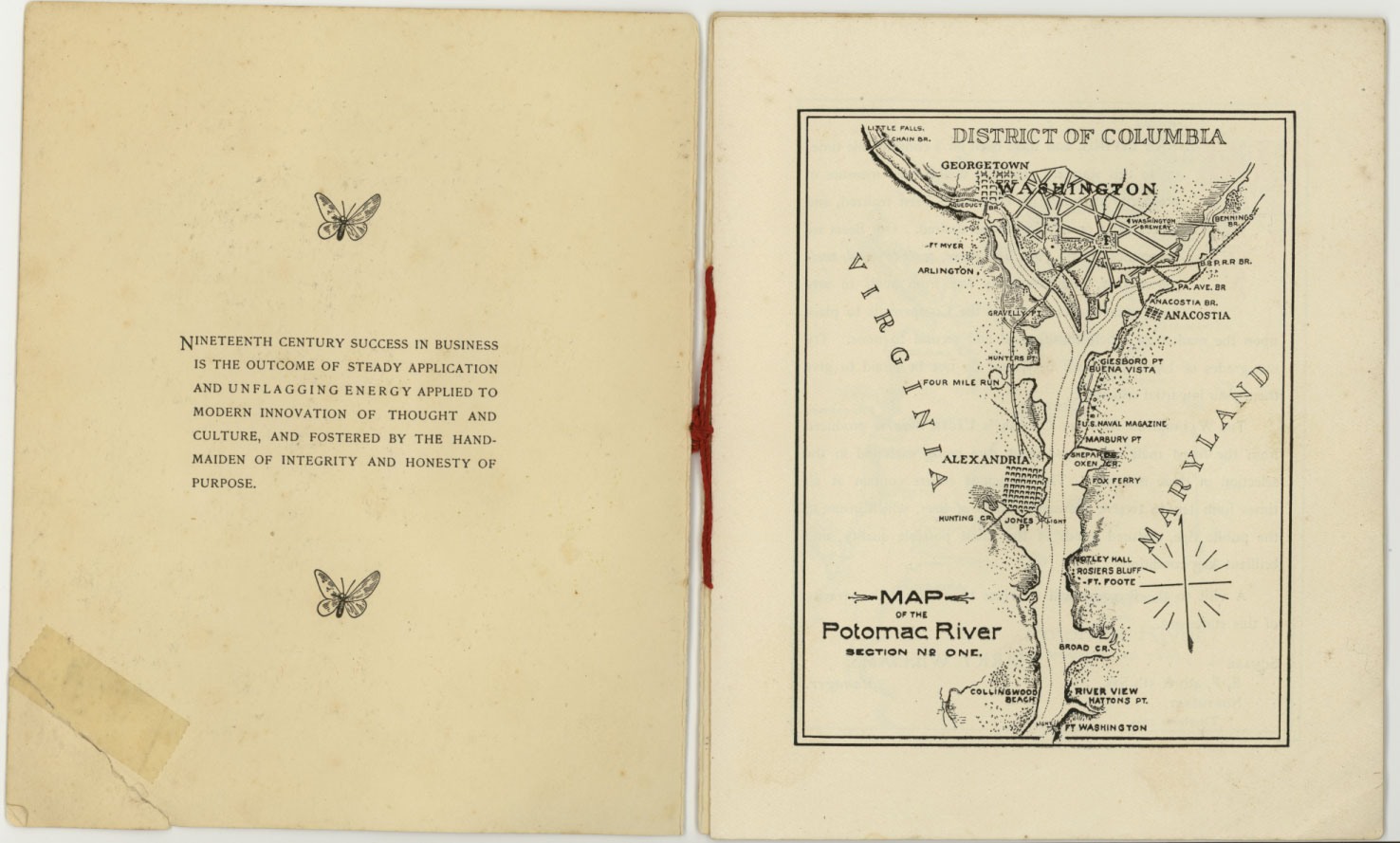
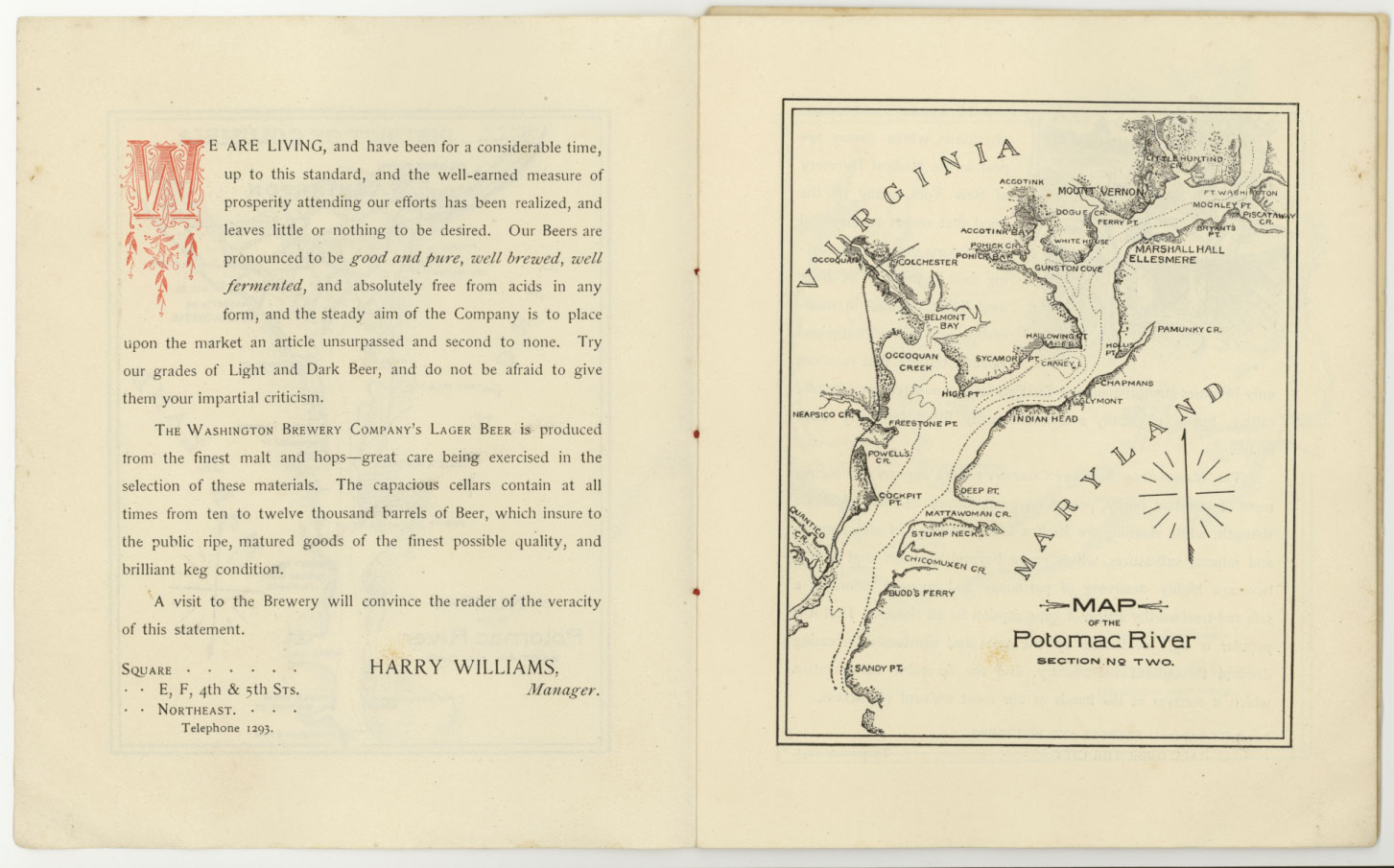
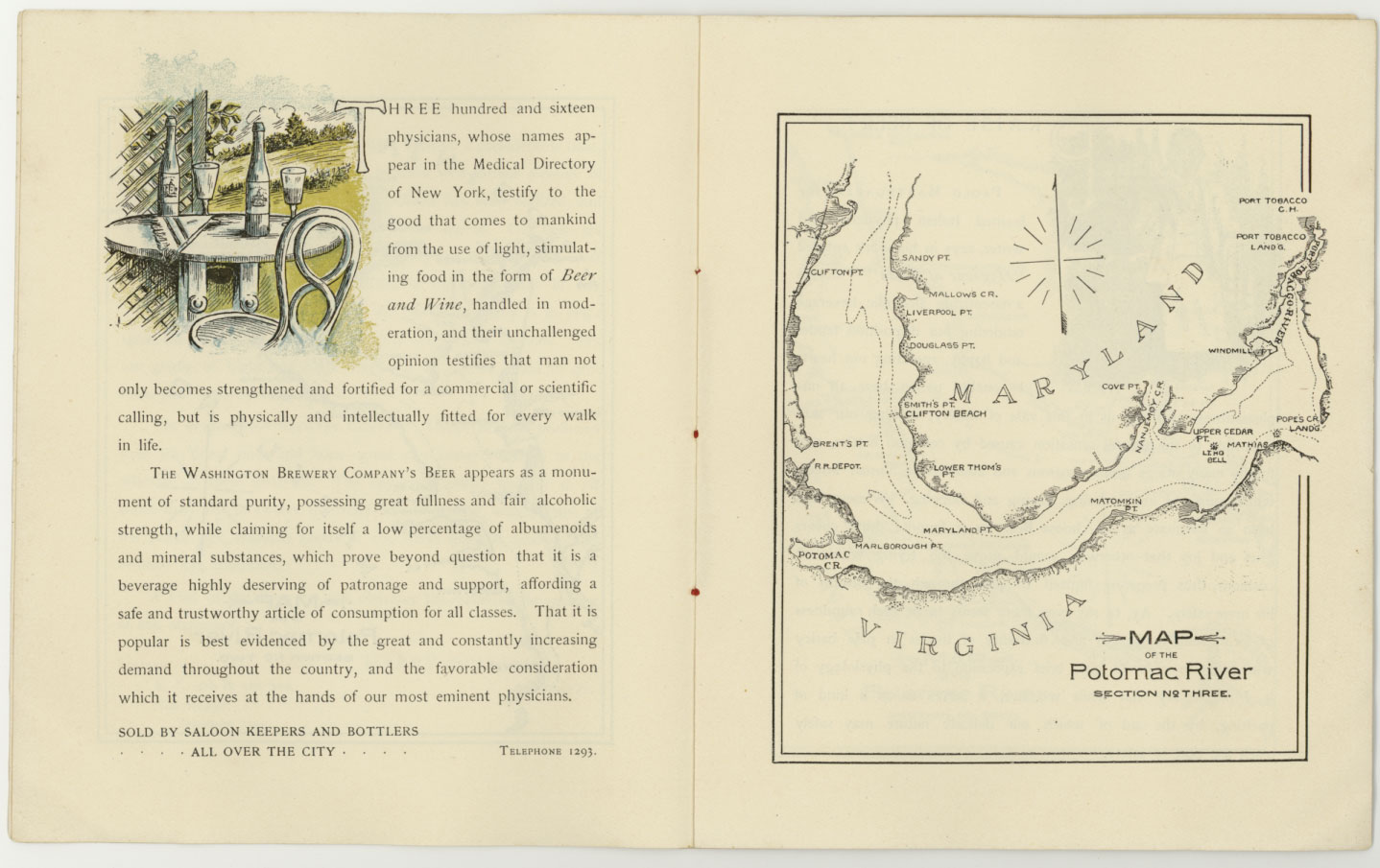

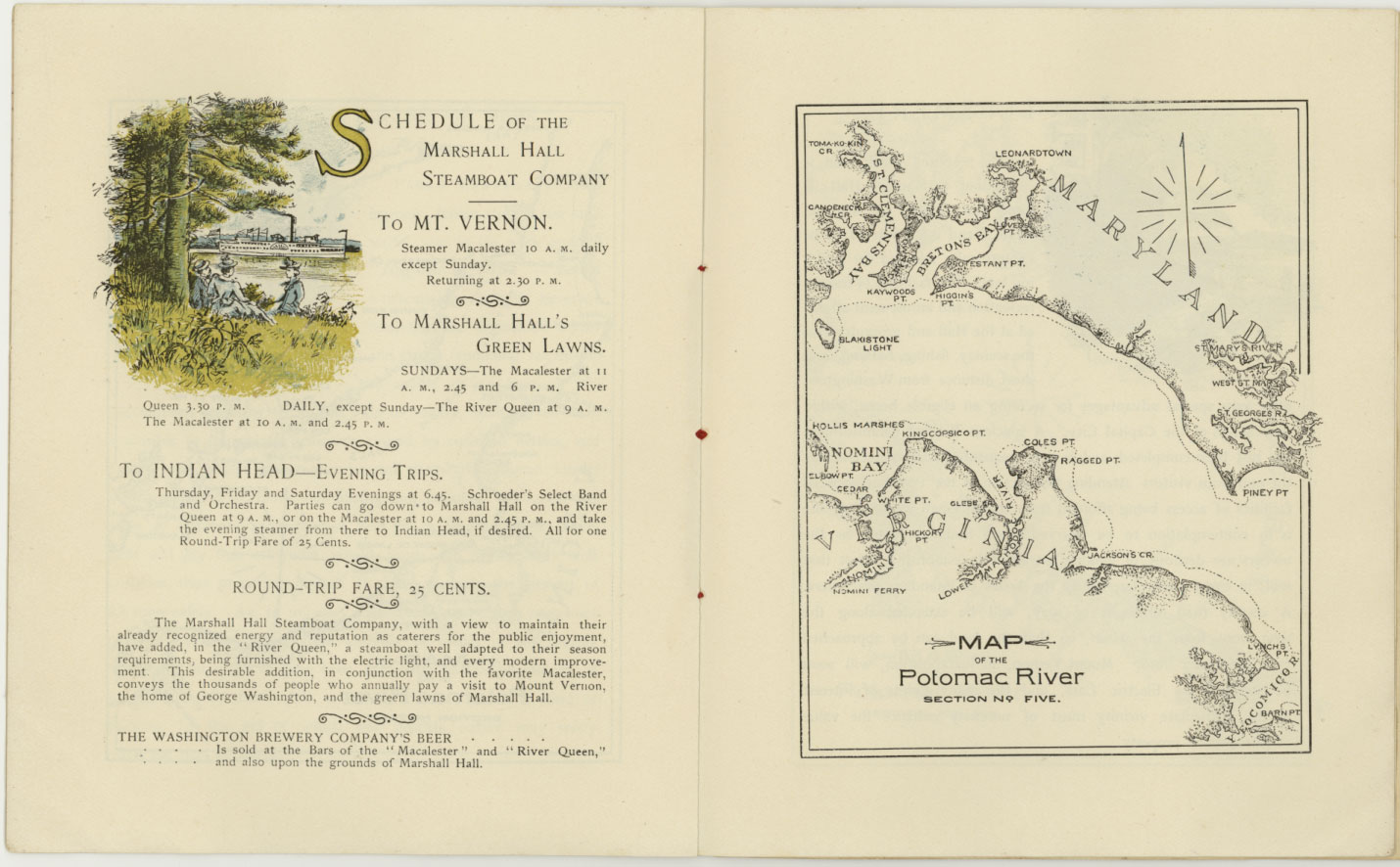
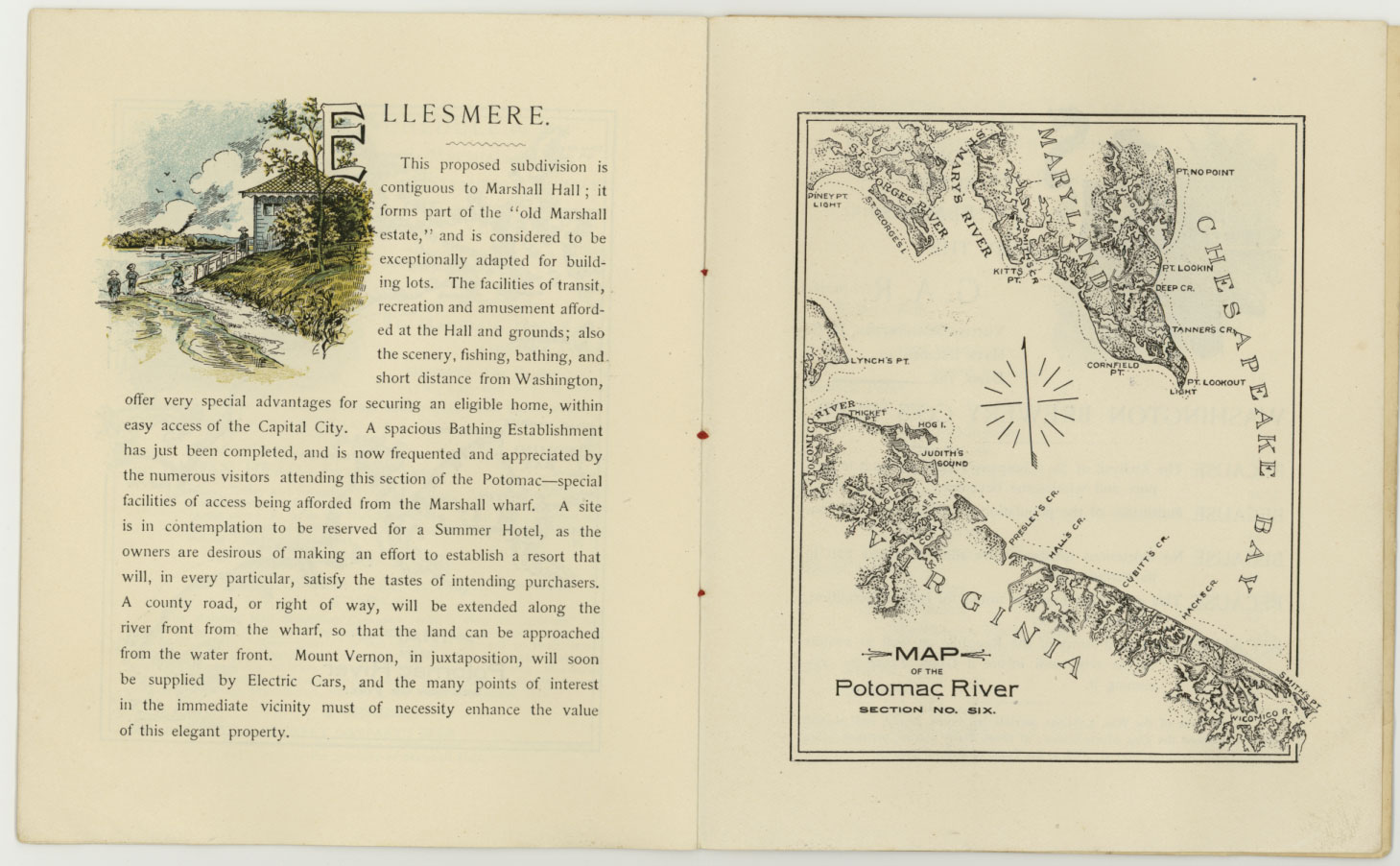
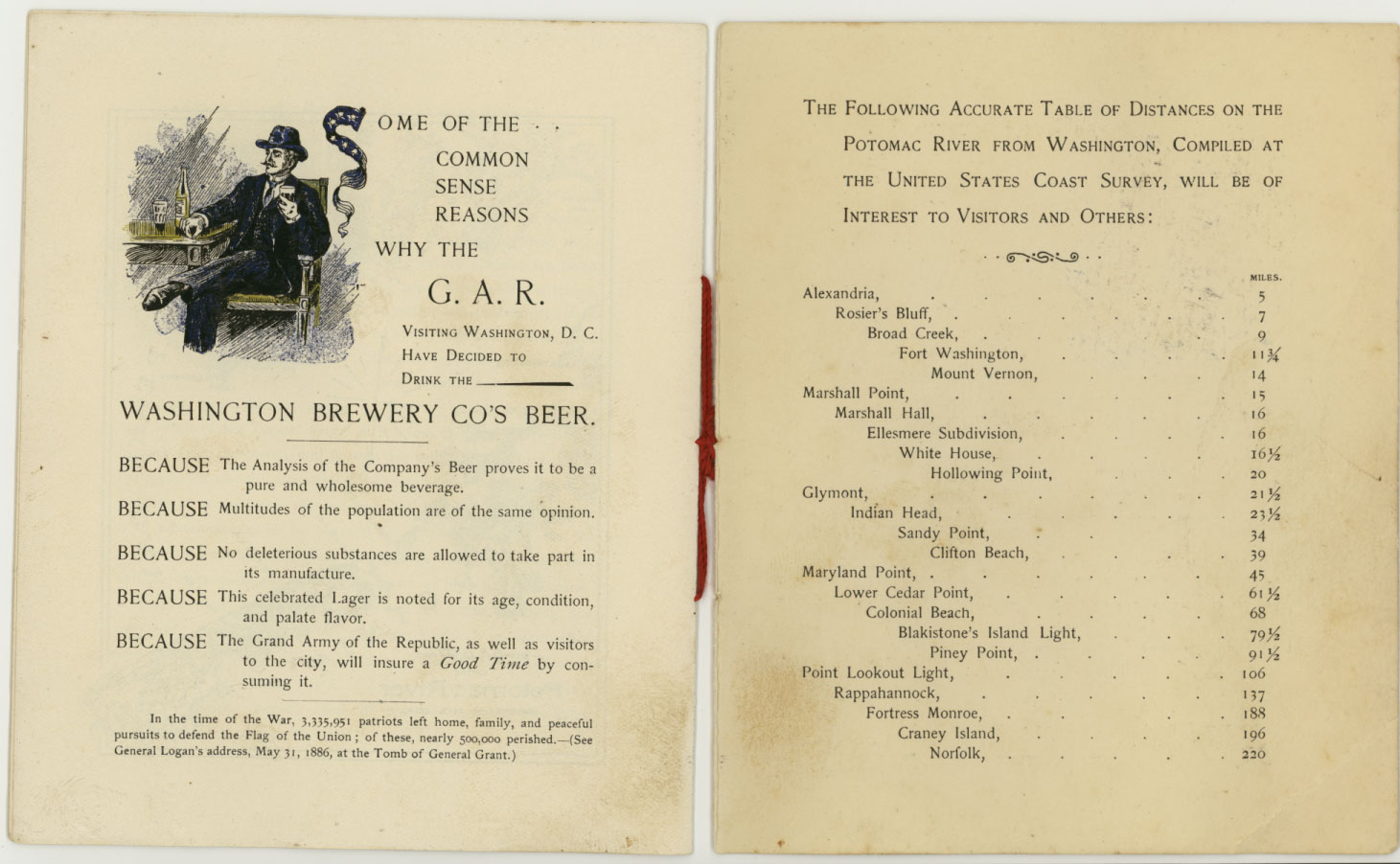
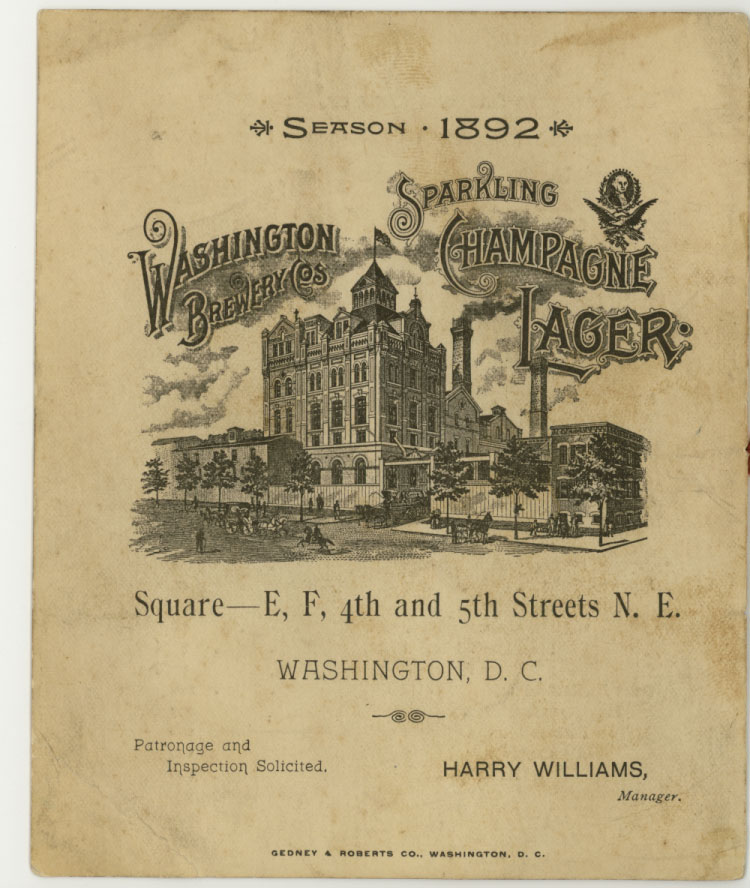
After publication, I received these photos of the two steam ships mentioned in the brochure from Richard Wright:
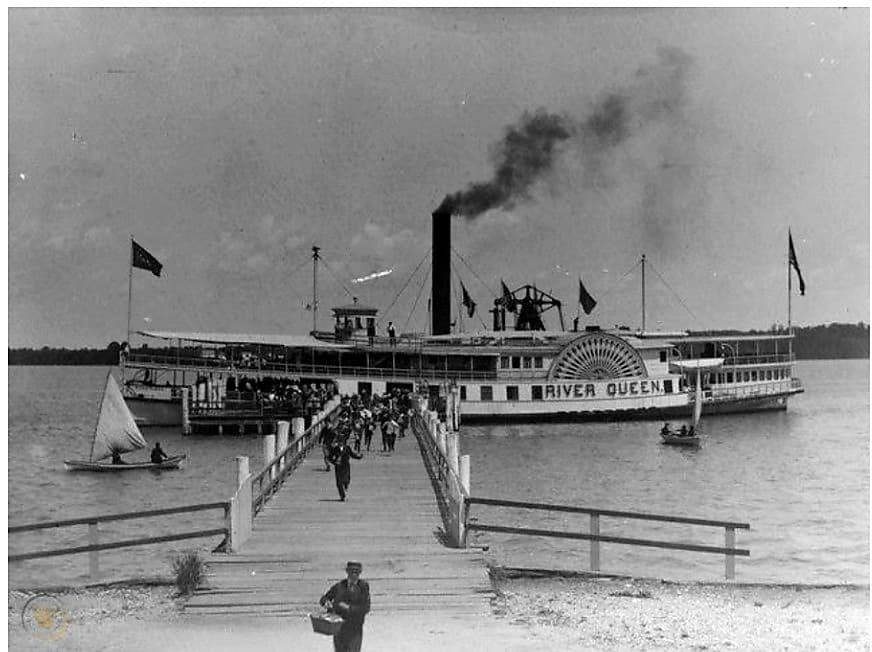
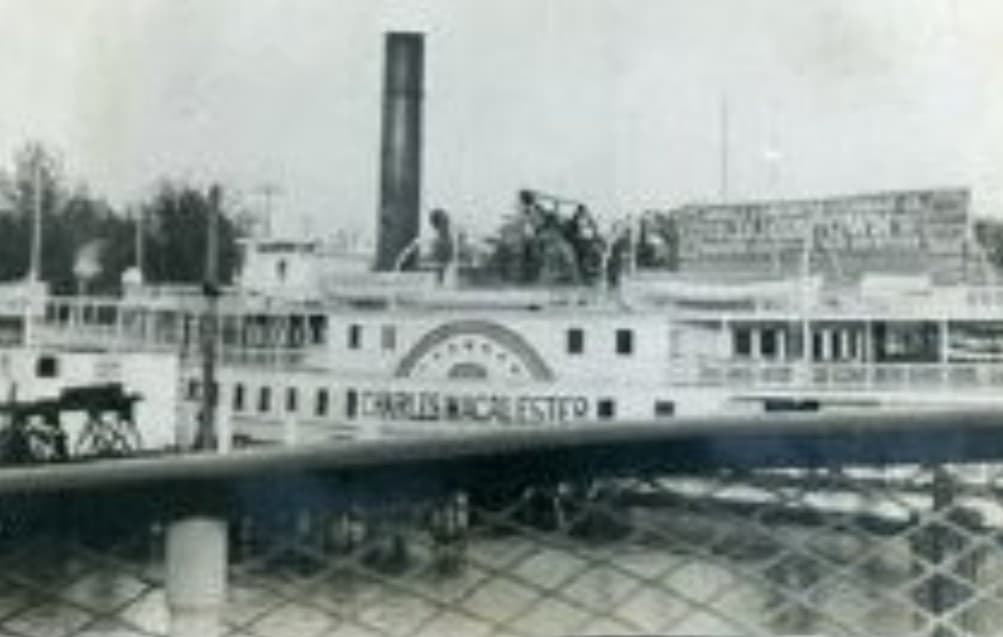
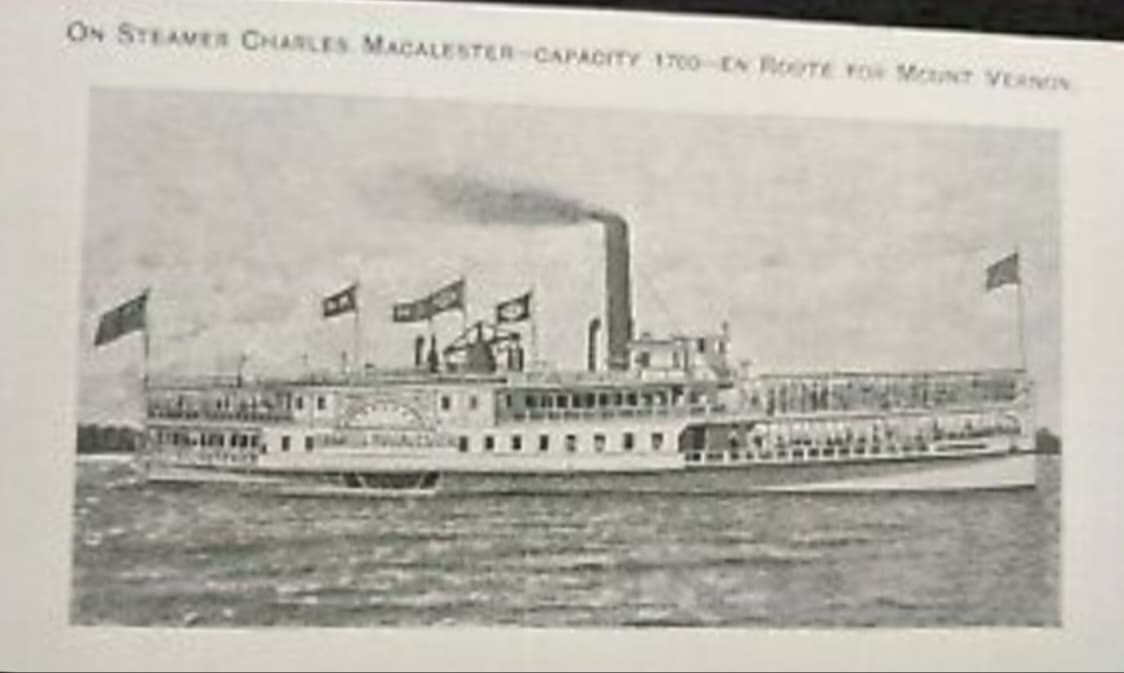
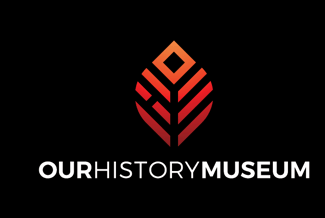
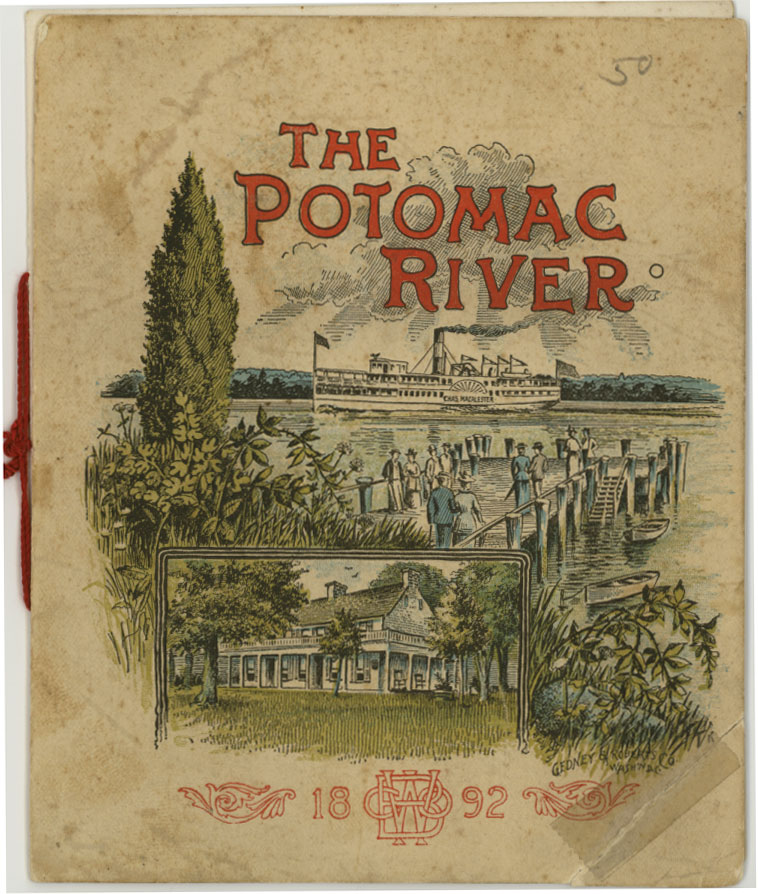
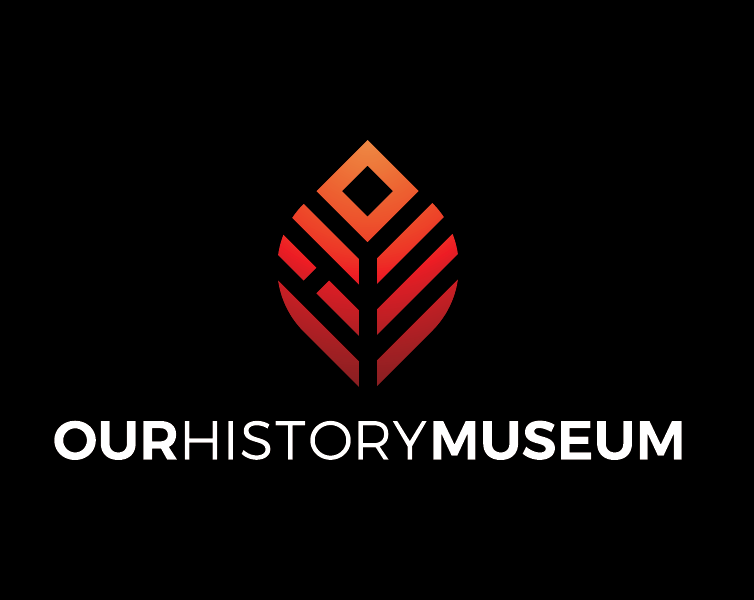
Leave Comment